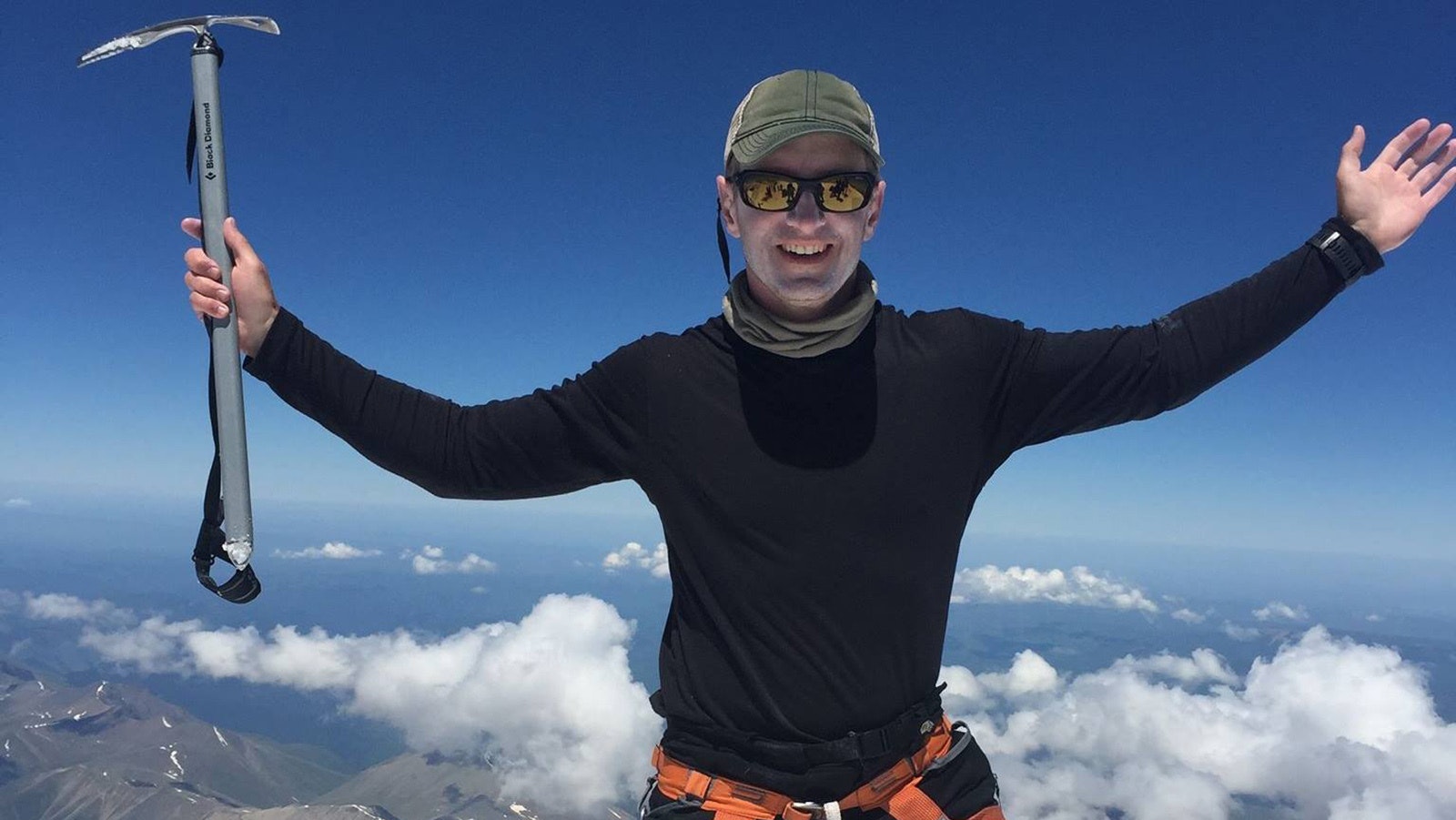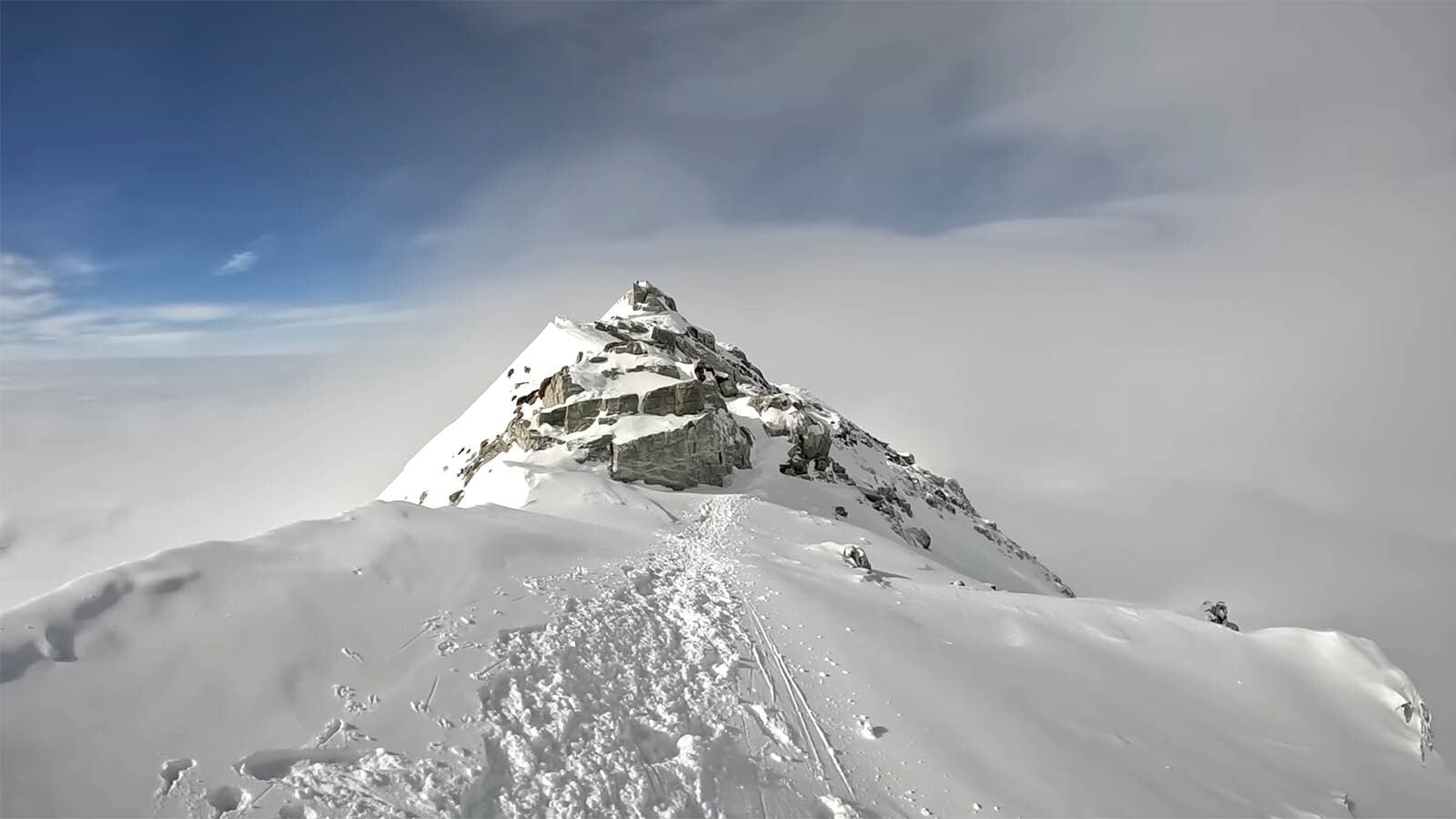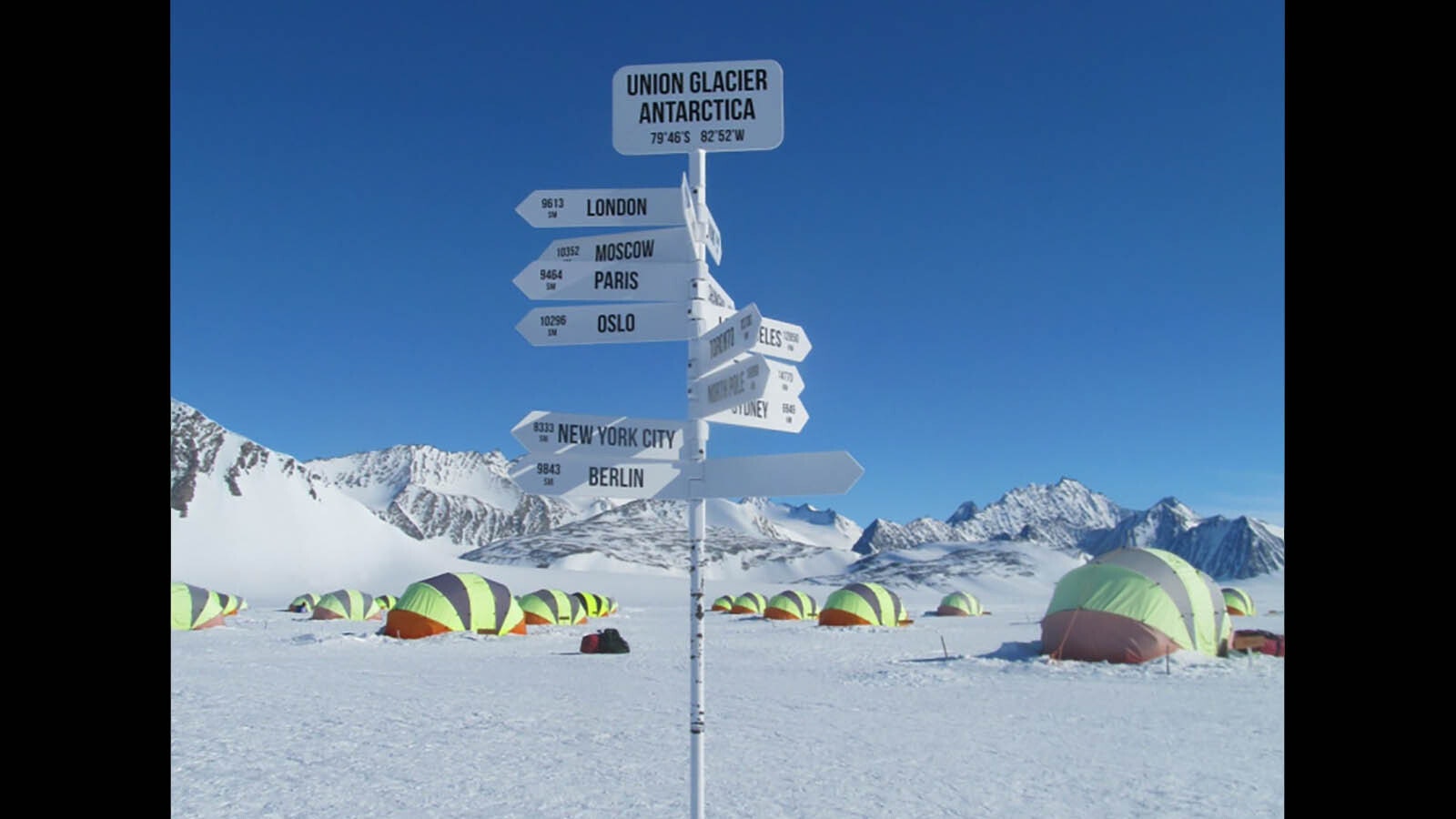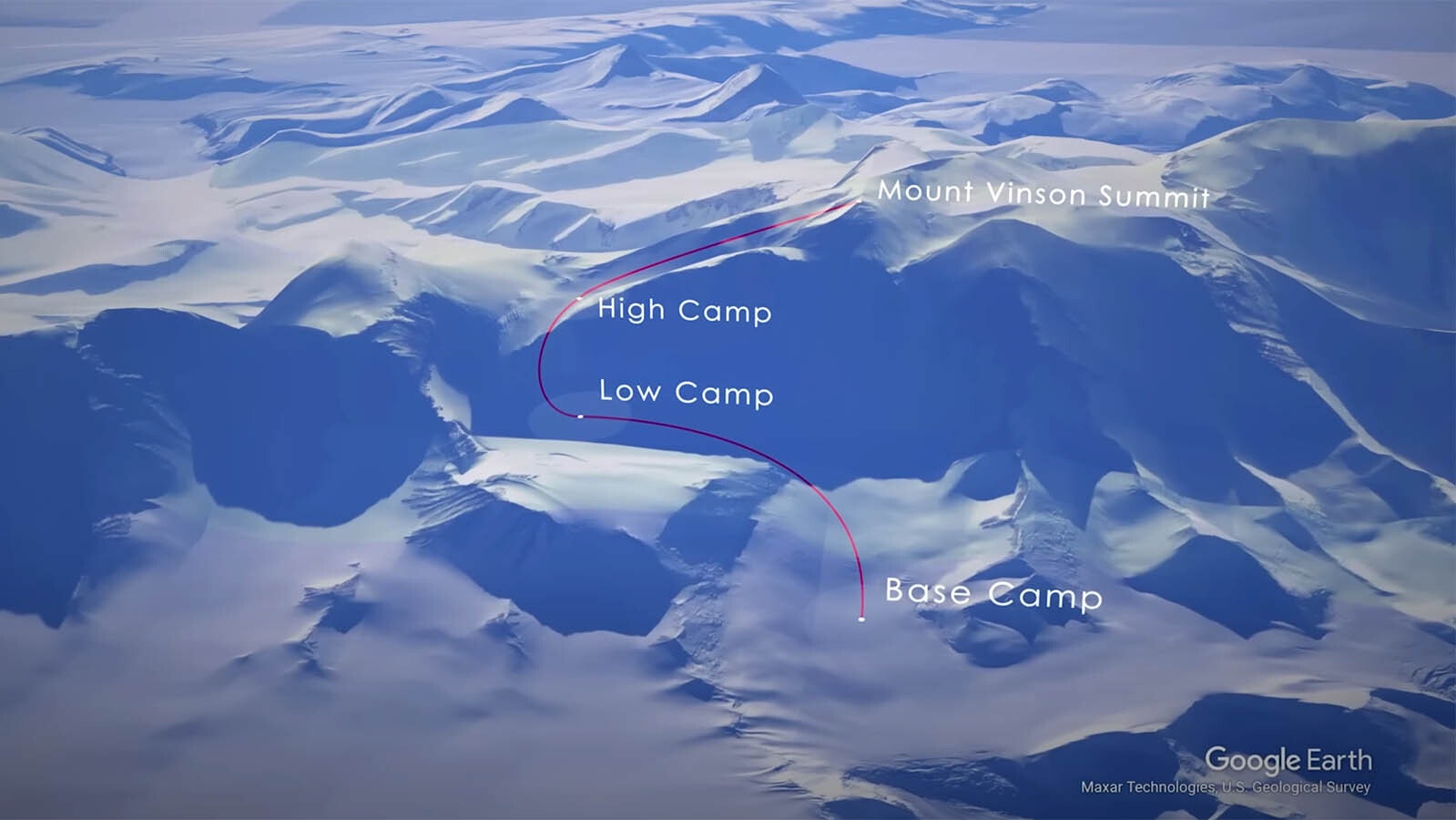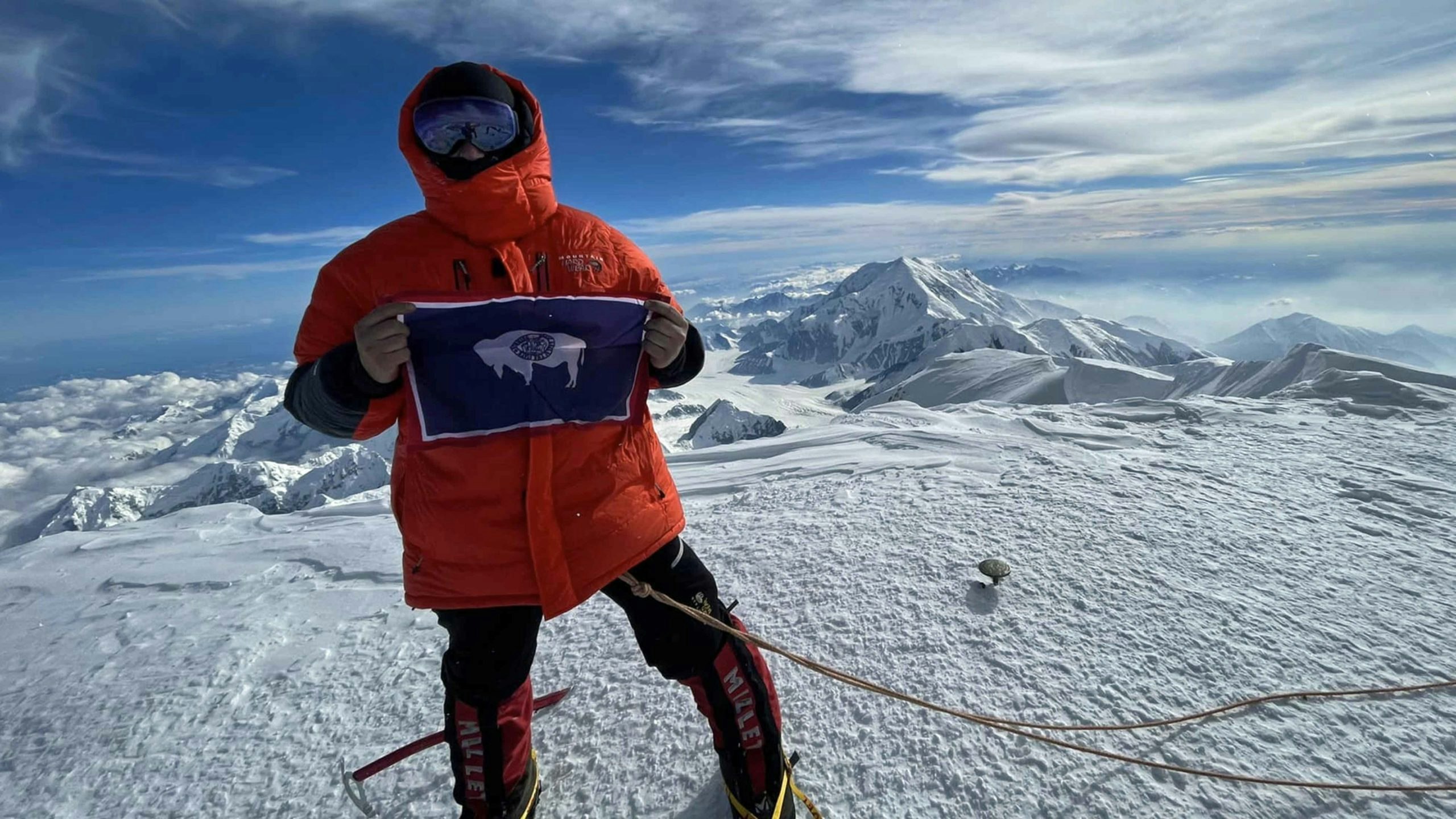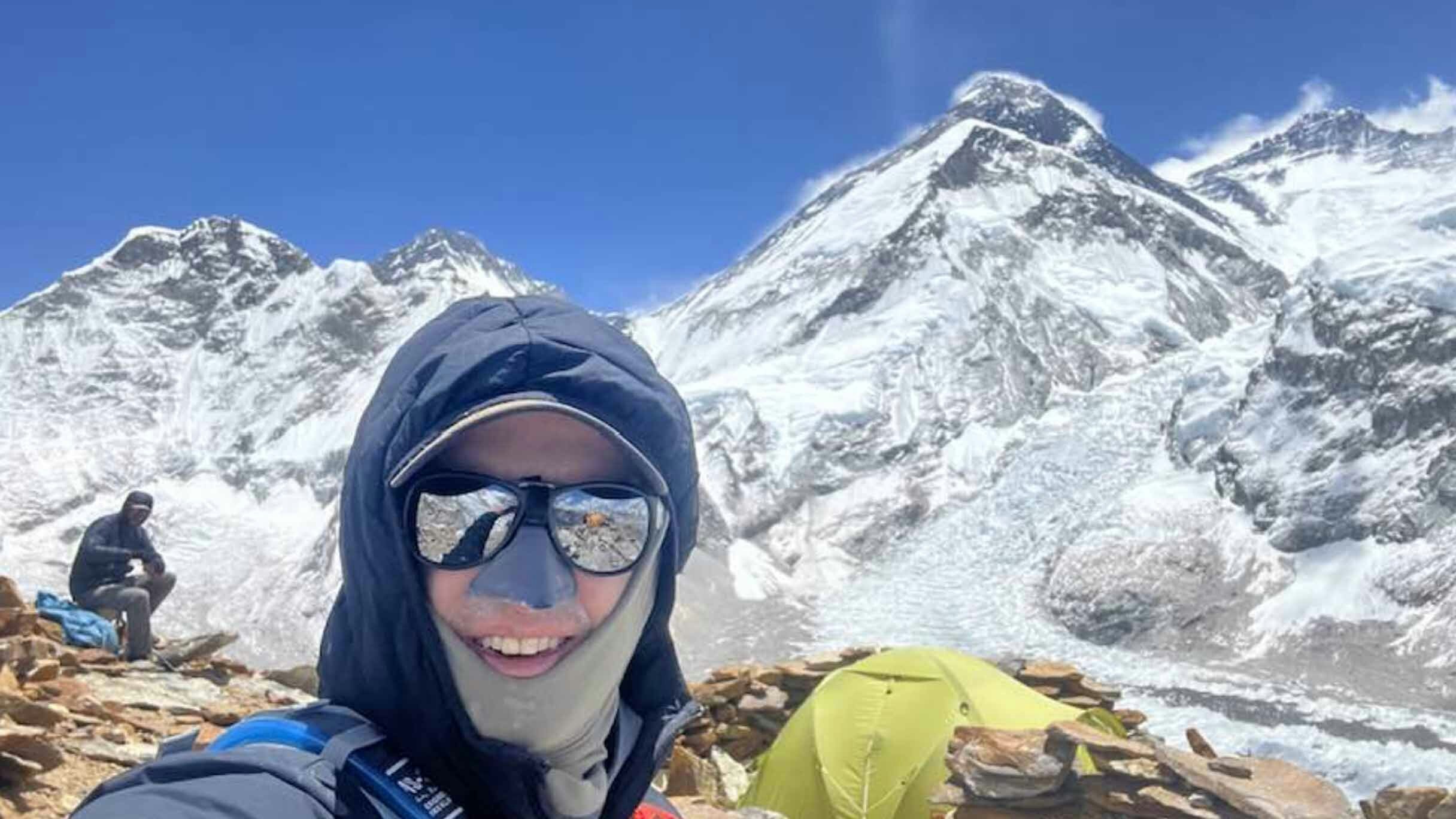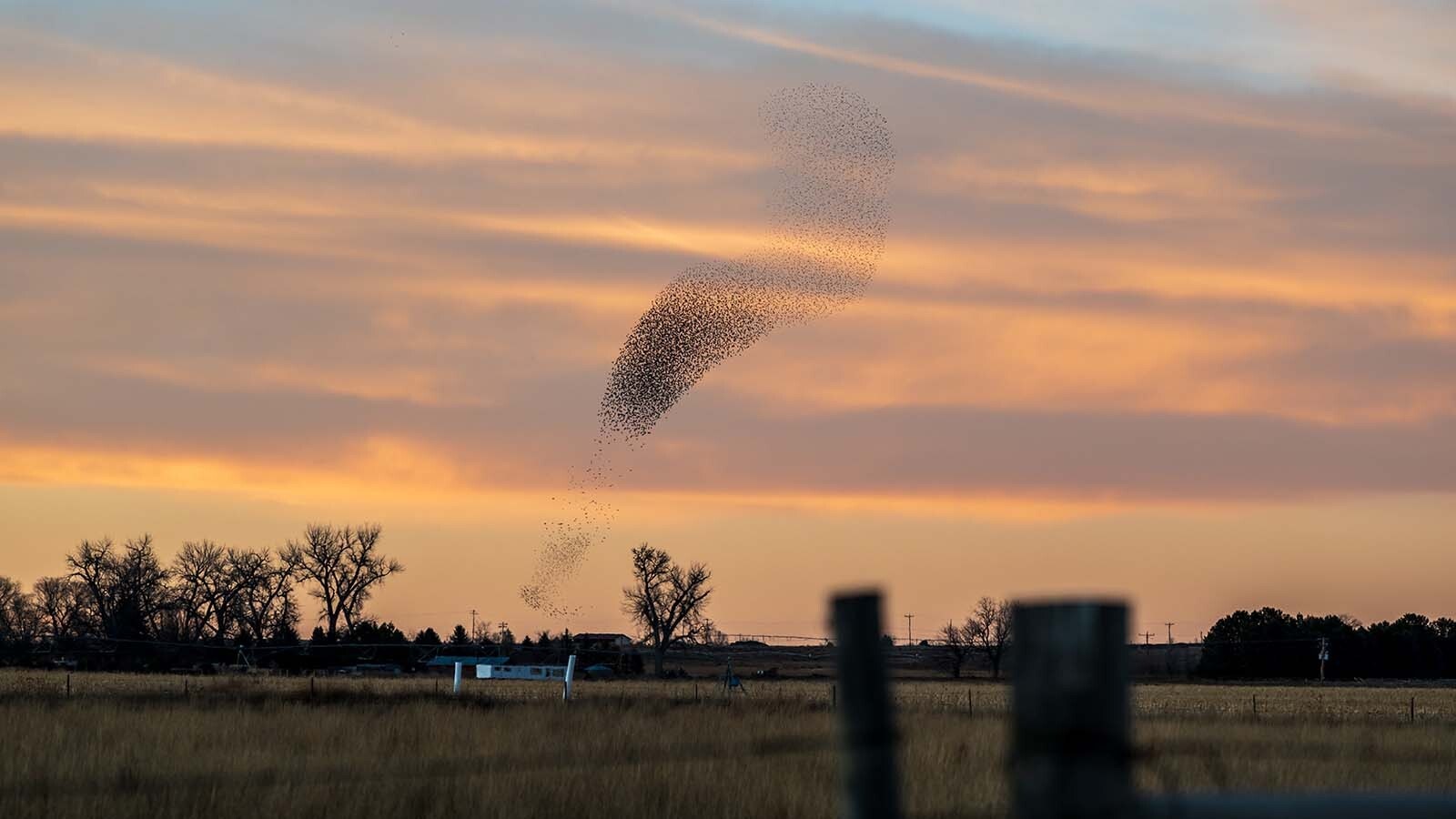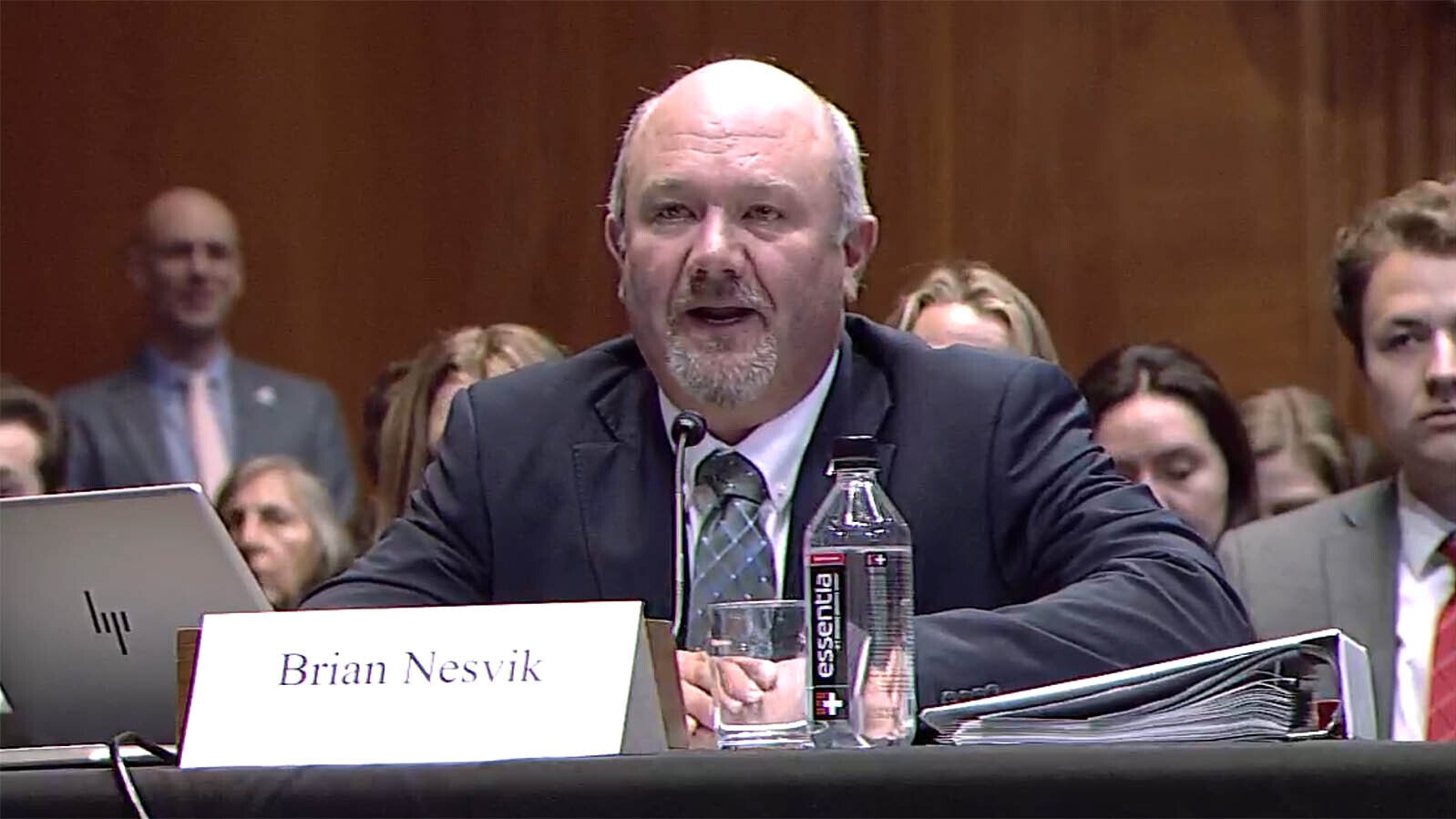As most people start recovering from their holiday hangovers Tuesday, making returns and hitting after-Christmas sales, Casper sports medicine specialist and mountaineer Dr. Joe McGinley will be on his way to try and conquer his sixth of the tallest peaks on each of the seven continents.
The accomplished mountain climber is only seven months removed from having to turn back from the summit of Mount Everest during an expedition in May just a few thousand feet from realizing a lifelong goal. But it was just too unsafe to continue with too many inexperienced people in the base camp — and dying trying to summit.
That’s behind him now. What is ahead is the 16,050-foot Mount Vinson in Antarctica.
While it does not match Everest or Alaska’s Denali in elevation, reaching the top of Vinson poses other challenges that, at first glance anyway, may seem like Wyoming would be a perfect training ground for — temperature, wind and isolation.
Let’s face it, while Wyomingites like to brag about braving this holy trinity of winter trials, it’s got nothing on Antarctica. Even in December and January, the most favorable window with the sun shining 24 hours a day, average temperatures hover around minus 30 to minus 40 with 40 mph winds. During storms, Antarctic winds have been known to hit nearly 200 mph in some spots. And despite being covered in ice and snow, Antarctica’s extremely dry climate makes it the world’s largest desert.
Most Remote Mountain
Then there’s this — Mount Vinson is in the most remote place on the planet.
“This is the most remote of all the mountains. There is very little as far as services, there are no living creatures or anything where we’re at, so you have to be prepared,” McGinley said about the unique challenges of climbing Vinson. “Your only lifeline to Union Glacier, which is the main communication point, are three small planes. So, theoretically you could get stuck at base camp for a week or two.”
McGinley, 49, said having to turn back on Mount Everest motivated him to try and get this mountain at the bottom of the world now.
Getting to that basecamp means flying out of Casper to the southern tip of Chile. From there, it’s a C-130 aircraft ride that lands at Union Glacier, but only if the weather allows it. There are no runways or lights — just ice. After flying from Union Glacier on a small plane, his eight-member climbing group includes five other climbers and two guides who set up base camp at about 7,000 feet.
From there they will be hauling gear, some in backpacks and some on sleds pulled by each member, to establish camps on the mountain. There will be repeat trips up and down the mountain to ensure they have all the gear they need. Having enough fuel for stoves and food should they get locked in a storm is a big part of the planning.
“There is no cell service or Wi-Fi,” he said. “Literally every other mountain has full service where I could call you from base camp.”
24 Hours Of Daylight
Antarctica this time of year features 24 hours of daylight and can warm up to a balmy minus 20 degrees at times. Hiking can be warm and only require one layer of clothing. However, it also can dip to minus 40 in the shadows of the mountain, and the winds can make it much colder.
McGinley’s gear includes a sleeping bag that can handle minus 70 degrees, and down coat and pants for the summit. He said good base layers remain key to staying warm. He uses 8,000-meter boots to keep his feet warm.
“You are not going to be comfortable the entire time,” he said. “With all the gear that we have it shouldn’t have to be a big concern if we brought all the right gear.”
Then There’s Training
McGinley said he has “overtrained” for the mountain, but considers himself really fit as he launches this expedition. Since Thanksgiving, he has been sleeping at night in a hypoxic tent that simulates high altitude. He’s also sleeping while breathing air that simulates 17,000 feet.
Preparation a few times a week has also included jogging and working out while wearing a mask to get him ready for the challenges of the higher altitude.
“I really want to make sure I am fully prepared so I can enjoy this,” he said. “It’s better to be safe than sorry.”
McGinley began his quest for the Seven Peaks on Seven Continents about 10 years ago. The seven peaks are one the mountaineering world’s most prestigious accomplishments.
McGinley so far has conquered Kilimanjaro in Africa, Mount Elbrus in Europe, Denali in North America, Mount Aconcagua in South America and Carstensz Pyramid in Indonesia.
Just Mount Vinson and Mount Everest in Asia remain.
The Timeline
After leaving Casper the day after Christmas, plans call for heading to Antarctica on Dec. 30 — weather permitting — and within a day or two arriving at the base camp on Mount Vinson.
“There’s several days in there for travel delays,” he said of the itinerary.
He plans to return to Casper on Jan. 14.
He said he is not looking past Vinson to the final leg of a decade-long mission to summit the seven — at least not yet.
“I want to focus on the task at hand, that’s Mount Vinson,” he said, adding that Everest is still “on my list, for sure.”
Dale Killingbeck can be reached at dale@cowboystatedaily.com.

